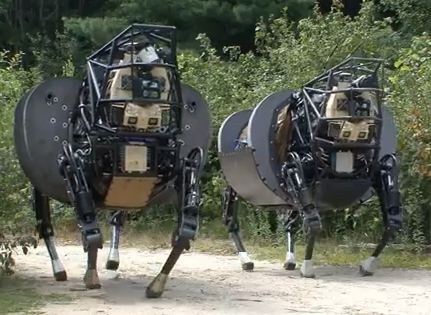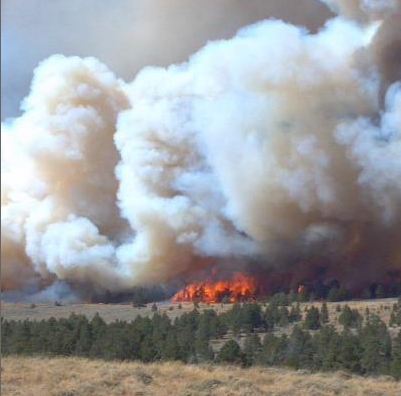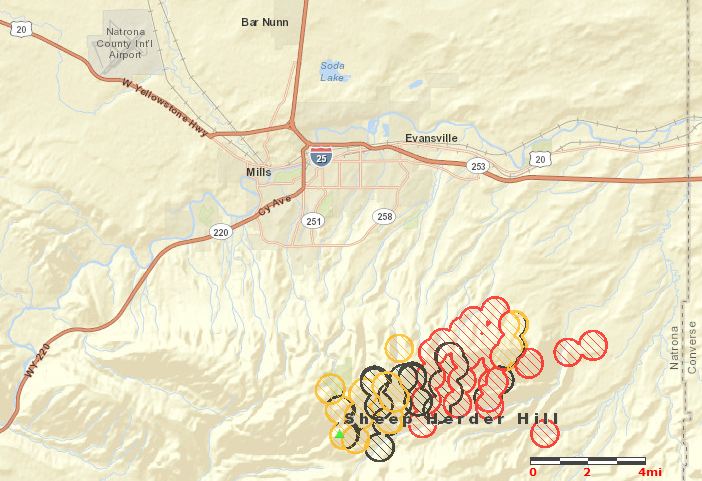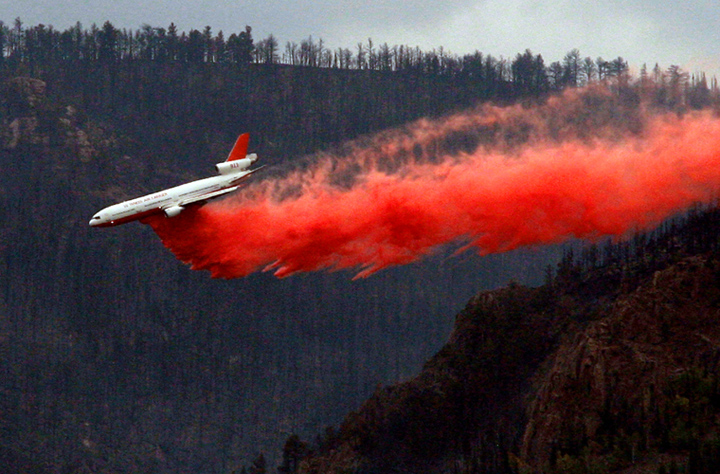
This spectacular photo of Air Tanker 911, a DC-10, dropping on the Sheep Herder Hill Complex near Casper, Wyoming was taken by Alan Rogers of the Casper Star-Tribune yesterday. The photo, along with the video we posted on September 10, tends to disprove the assertions that the Very Large Air Tankers can only be used in “flat or gently-rolling terrain”.
The Casper Star-Tribune has several other photos of the interior of the DC-10 on their web site along with an article about the aircraft. We thank Mr. Rogers for allowing us to use this excellent photograph.
The fire, which became known as the Sheep Herder Hill Complex when a new fire started a couple of miles away Monday night, grew by about 600 acres on Tuesday to a total of 15,887 acres, according to Neal Kephart, a spokesperson for the fire. The Type 2 Incident Management Team led by Incident Commander Todd Pechota took over management of the new fire, named Elkhorn, and aggressively attacked it Monday and Tuesday with engines, aircraft, and smokejumpers, stopping the spread after it burned 8 acres.
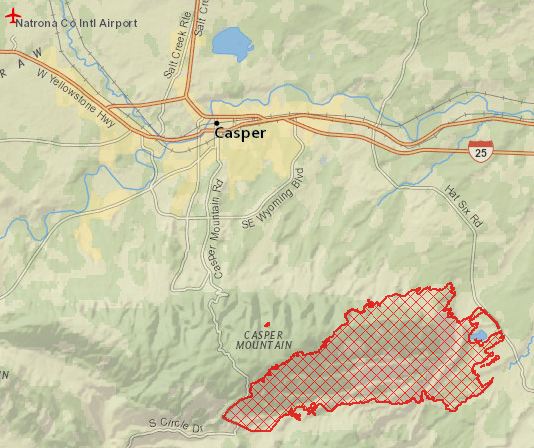
Evacuations are still in effect for 150 homes, and another 800 are threatened, according to Mr. Kephart.
Firefighters are getting a break from the weather today, with a forecast for a high temperature of 67 degrees and a 7 to 9 mph wind out of the east and northeast. The relative humidity will bottom out at 21%.
The DC-10 and Tanker 40, a BAe-146, are still parked at the Casper airport 15 miles northeast of the fire along with 4 single engine air tankers, but as of 11:30 a.m. today had not been used yet today.
Other resources on the fire include 7 helicopters (4 large Type 1s, and 3 smaller Type 3s), 17 engines, 4 dozers, and 292 personnel. Two of the helicopters are from the National Guard.



